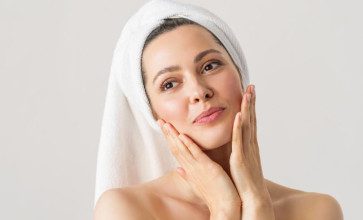What Are The Best Facial Oil For Gua Sha? | Facial Oil For Gua Sha Technique
Are you searching for the best face oil for gua sha? If your answer is a yes, then you have reached the right place.
The practice of using Gua Sha for skin care has gained a lot of popularity recently. Almost all social media influencers who talk about having good skin and maintaining a skin care regime, have made this tool viral. However, what is it? And how can you use it? Should you use it with a face oil? What face oils can go well with this tool?
All these are questions that people often think about before they start using a gua sha. So, if that is something that you want to know, you will find this article to be of help! Keep reading this blog till the end to learn more?
What Is Gua Sha?
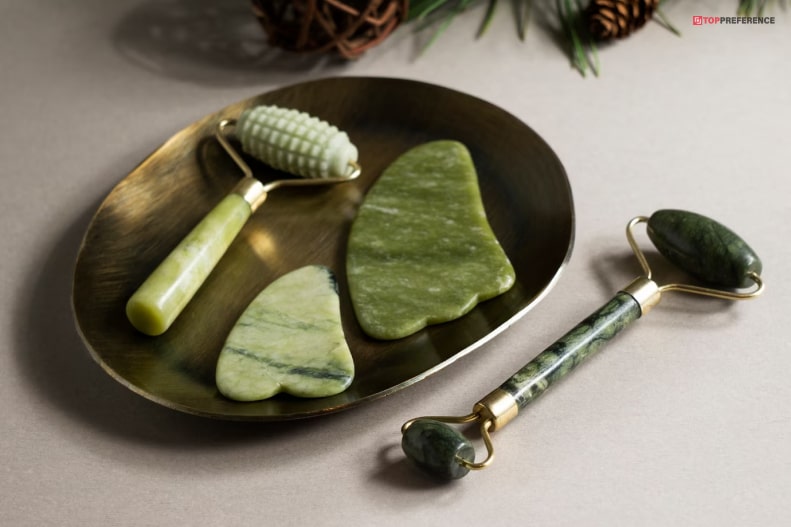
Gua sha is a traditional Chinese technique of healing that involves rubbing or scraping the skin with a massage tool to promote circulation, release muscle tension, and stimulate the immune system. The term “gua sha” in Chinese translates to “scraping sand.” This is because the technique often results in redness or petechiae that appears on the skin.
The practice of gua sha typically involves using a smooth-edged tool, traditionally made of jade or horn, although modern versions can be made of various materials like rose quartz, buffalo horn, or stainless steel. The practitioner applies a lubricant, such as oil or lotion, to the skin and then uses the tool to repeatedly scrape or press-stroke the targeted areas.
Gua sha is commonly used on the back, neck, shoulders, and limbs, but it can be applied to other parts of the body as well. It is believed to help release stagnation in the body, improve circulation, and promote the flow of vital energy or Qi. Gua sha is often used as a complementary therapy for various conditions such as muscle pain, tension, inflammation, and respiratory issues.
It is important to note that while gua sha has been practiced for centuries and is popular in traditional Chinese medicine, its effectiveness and scientific evidence are still subjects of ongoing research. As with any alternative therapy, it is advisable to consult a qualified healthcare professional before trying gua sha or any other new treatment.
What Are Facial Oil?
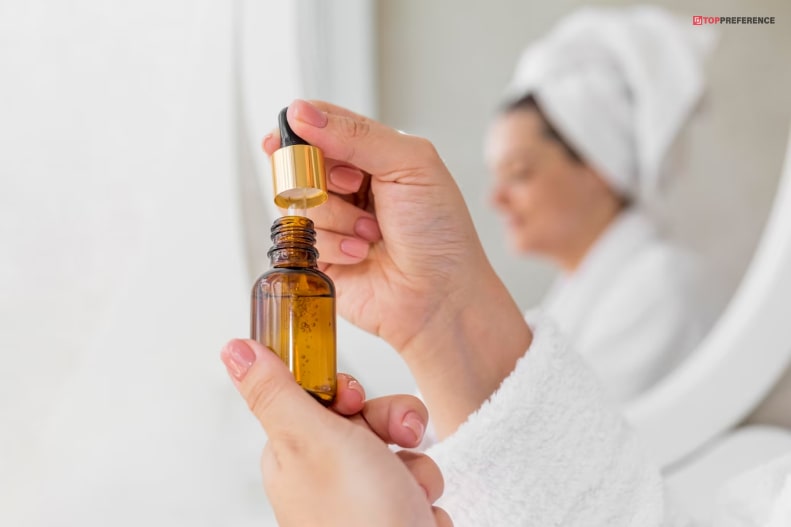
Facial oils are skincare products that are specifically formulated for use on the face. They are concentrated blends of natural oils or synthetic oils that provide various benefits to the skin. Facial oils are typically lightweight and easily absorbed, leaving the skin feeling nourished and hydrated without a heavy or greasy residue.
Facial oils can be used in various ways depending on personal preference and skin type. They can be applied directly to the skin after cleansing or mixed with moisturizers or serums for added hydration. It’s important to choose a facial oil that is suitable for your skin type and concerns, as different oils have different properties and may work better for certain skin conditions.
As with any skincare product, it’s advisable to perform a patch test before incorporating a new facial oil into your routine and to consult with a dermatologist if you have any specific skin concerns or conditions.
Benefits Of Using Facial Oil
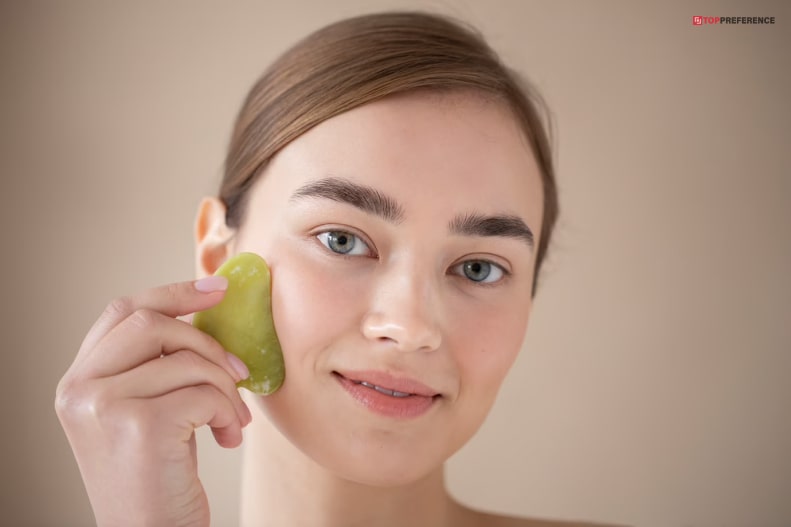
Facial oils can offer several advantages for the skin. If you want to know about the benefits of the same, you have reached the right place.
Here are some of the benefits of using a face oil for your skin care routine:
1. Moisturization
Facial oils are excellent moisturizers as they help to restore and maintain the skin’s hydration levels. They create a protective barrier on the skin, preventing moisture loss and keeping the skin supple and smooth.
2. Nourishment
Many facial oils contain a combination of vitamins, antioxidants, and essential fatty acids that provide nourishment to the skin. These nutrients help to improve skin tone, texture, and overall health.
3. Skin Barrier Support
Facial oils can reinforce the skin’s natural barrier function, which is essential for protecting the skin against external aggressors and maintaining optimal moisture levels.
4. Anti-Aging Properties
Some facial oils contain antioxidants that help combat free radicals, which can contribute to premature aging. These oils can minimize the appearance of fine lines, wrinkles, and other signs of aging, promoting a more youthful complexion.
5. Soothing And Calming
Certain facial oils, such as chamomile or rosehip oil, have soothing properties that can help calm sensitive or irritated skin. They can alleviate redness, inflammation, and discomfort.
What Are The Best Facial Oil For Gua Sha?

When it comes to selecting a facial oil for gua sha, it’s essential to consider the properties of the oil and how it can benefit your skin during the gua sha massage. Here are a few popular facial oils that are often recommended for use with gua sha:
1. Rosehip Seed Oil
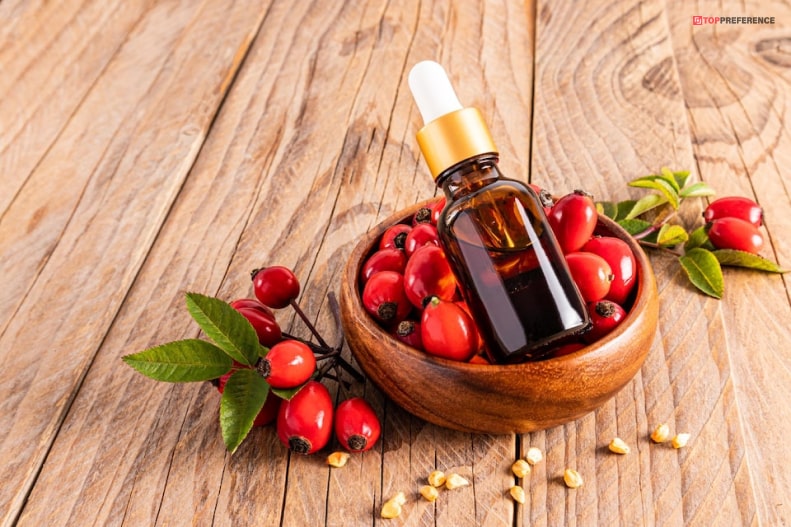
Rosehip seed oil is rich in antioxidants, essential fatty acids, and vitamins A and C. It is known for its hydrating, nourishing, and regenerative properties. Rosehip seed oil can help improve skin elasticity, reduce the appearance of scars and fine lines, and promote a more even skin tone.
2. Jojoba Oil
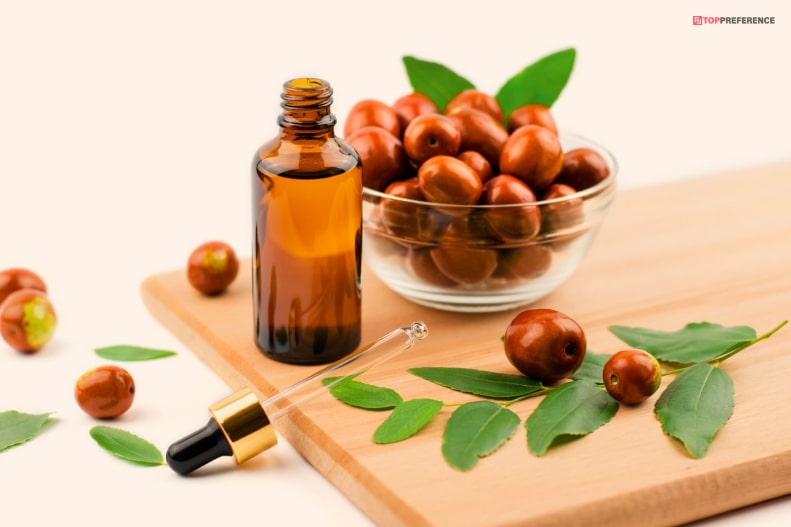
Jojoba oil closely resembles the natural sebum produced by our skin. It is non-comedogenic and suitable for all skin types, including sensitive and acne-prone skin. Jojoba oil is known for its moisturizing, balancing, and soothing properties, making it a good option for gua sha.
3. Argan Oil
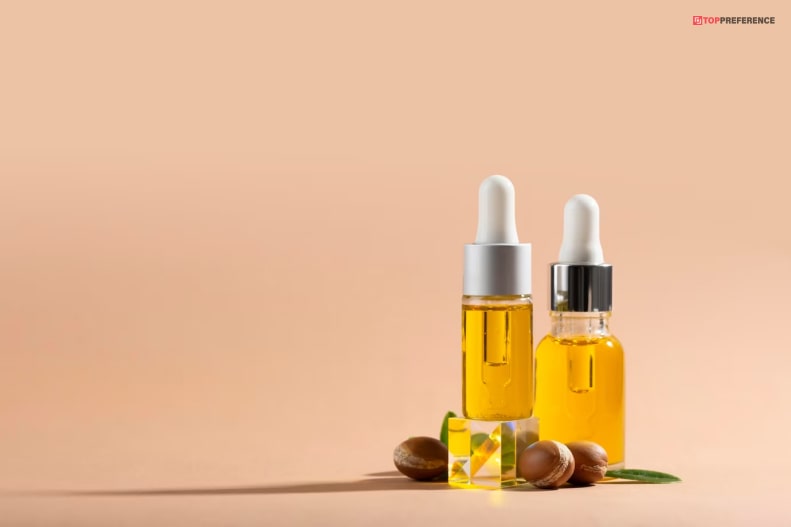
Argan oil is derived from the kernels of the argan tree and is rich in antioxidants, vitamin E, and essential fatty acids. It is deeply moisturizing and helps nourish and soften the skin. Argan oil can also provide a protective barrier and help reduce inflammation, making it beneficial for gua sha.
4. Squalane Oil

Squalane oil is derived from plants, typically olives or sugarcane. It is lightweight, non-greasy, and easily absorbed by the skin. Squalane oil helps improve skin elasticity, reduces the appearance of fine lines, and provides hydration and protection. It is suitable for most skin types, including sensitive skin.
5. Marula Oil
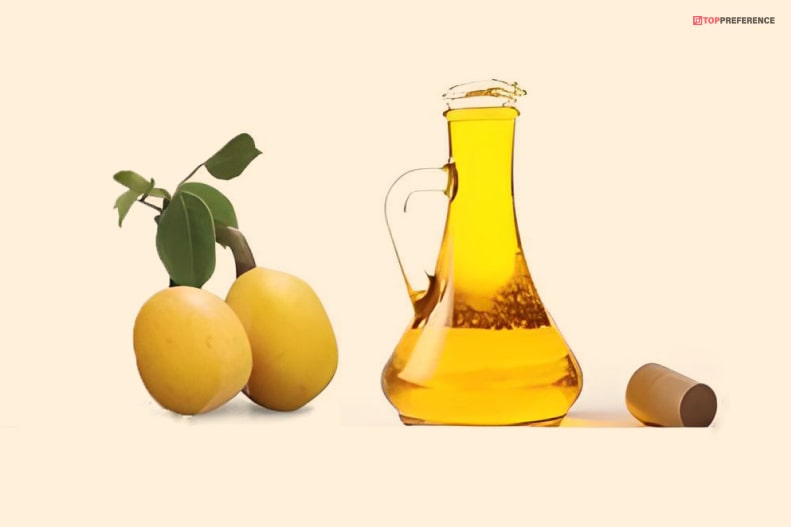
Marula oil is derived from the fruits of the marula tree and is rich in antioxidants and omega fatty acids. It helps moisturize, nourish, and protect the skin, leaving it soft and supple. Marula oil is known for its anti-inflammatory properties, making it suitable for gua sha.
These are just a few examples of facial oils that can be used for gua sha. Remember that individual skin types and preferences may vary, so it’s important to choose an oil that works best for your specific needs. A product that works well for sensitive skin, might not be the one for dry skin. It’s recommended to patch test any new oil on a small area of your skin before applying it more broadly on the face.
How To Use Gua Sha?
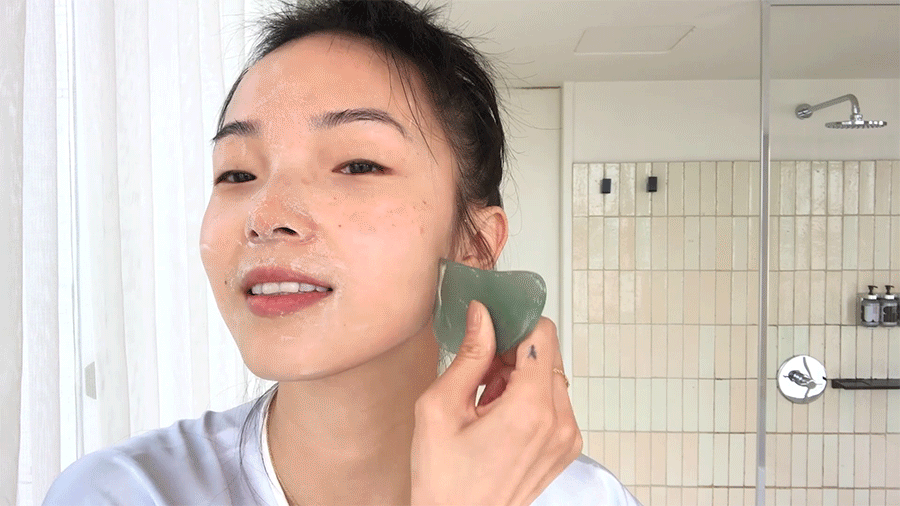.gif)
While it is true that using Gua Sga is very easy, it is still a technique that needs to be mastered. To use gua sha, follow these steps:
1. Prepare Your Skin
Start by cleansing your face to remove any makeup, dirt, or oils. This ensures that your skin is clean and ready for the gua sha massage.
2. Apply A Lubricant
Apply a thin layer of lubricant, such as facial oil, to your face and neck. This helps the gua sha tool glide smoothly over the skin and prevents any discomfort or pulling.
3. Hold The Gua Sha Tool
Hold the gua sha tool in your dominant hand with a comfortable grip. The tool should be held flat against the skin with a smooth edge in contact.
4. Start With Gentle Pressure
Begin by applying gentle pressure to the skin. The pressure should be firm enough to feel the tool on your skin but not so strong as to cause pain or discomfort.
5. Choose A Direction
Decide on the direction you want to move the gua sha tool. Traditionally, strokes are made in an upward direction, starting from the neck and moving toward the forehead and hairline. However, you can adapt the strokes to your needs and follow specific techniques or patterns.
6. Begin The Strokes
Using the smooth edge of the gua sha tool, start the strokes in long, sweeping motions. Maintain consistent and gentle pressure as you move the tool across your skin. The strokes should be smooth and continuous, without stopping or jerking.
7. Cover Different Areas
Work systematically across different areas of your face and neck. Some common areas to target are the neck, jawline, cheeks, forehead, and temples. You can adjust the pressure and speed of the strokes based on your comfort level and skin sensitivity.
8. Repeat Each Stroke
Repeat each stroke 3-5 times in the same direction before moving to the next area. This repetition helps stimulate circulation and release tension in the muscles.
9. Focus On Specific Areas
Pay extra attention to areas of tension, tightness, or areas where you want to improve circulation. Gently target those areas with more focused and slower strokes.
10. Adjust Pressure As Needed
Throughout the gua sha massage, listen to your skin and adjust the pressure as necessary. It’s normal to experience some redness or petechiae (tiny red dots) due to increased blood flow, but avoid excessive force that causes pain or bruising.
11. End The Session
Once you have completed the desired areas, gently cleanse or wipe off any excess lubricant from your face. You can follow up with your regular skincare routine, such as moisturizer or serum.
It’s important to note that practicing gua sha requires proper technique and caution. If you are new to gua sha or have specific concerns or skin conditions, it’s advisable to seek guidance from a skincare professional or experienced practitioner to ensure you are using the technique safely and effectively.
How To Use Facial Oil With Gua Sha On Your Face?

Using facial oil with gua sha on the face can enhance the effectiveness of the massage and provide additional nourishment and hydration to the skin. Here’s a step-by-step guide on how to use facial oil with gua sha:
1. Cleanse Your Face
Start by cleansing your face thoroughly to remove any makeup, dirt, or impurities. This allows the facial oil to penetrate the skin better.
2. Apply Facial Oil
Take a few drops of your chosen facial oil onto your fingertips. Gently massage the face oil onto your face, focusing on areas where you will be performing gua sha, such as the cheeks, forehead, jawline, and neck. Ensure that your skin is evenly coated with the oil.
3. Warm Up The Gua Sha Tool
If your gua sha tool is made of a cool material like jade or rose quartz, you may want to warm it up slightly before use. You can do this by rubbing it between your hands or placing it in warm water for a few moments. The warmth can enhance circulation and help the oil penetrate the skin.
4. Start The Gua Sha Massage
Hold the gua sha tool at a comfortable angle against your skin. Begin with gentle, upward strokes, starting from the neck and moving upwards to the jawline, cheeks, and forehead. Use light to medium pressure, ensuring that the tool glides smoothly without causing discomfort or pain. Repeat each stroke 3-5 times.
5. Follow A Specific Pattern
There are various gua sha techniques and patterns you can follow, such as scraping along meridian lines or targeting specific areas of tension. You can find tutorials or guidance from experts to learn different gua sha techniques that suit your needs.
6. Focus On Problem Areas
Pay extra attention to areas of tension or specific concerns, such as the jawline, temples, or brow area. Gently scrape these areas using the gua sha tool to release muscle tension and promote lymphatic drainage.
7. Stay Gentle Around Sensitive Areas
Be cautious around delicate areas like the eye area and any active breakouts. Use light pressure or avoid these areas altogether to prevent irritation.
8. Reapply Oil As Needed
If the oil gets absorbed quickly or you feel the need for more slip, you can reapply a small amount of facial oil during the gua sha massage.
9. Cleanse Or Leave On
After the gua sha massage, you can either leave the residual facial oil on your skin as a moisturizer or cleanse it off if you prefer. It’s a personal preference based on how your skin feels and reacts to the oil.
Remember to approach gua sha with a gentle touch, listen to your skin’s response, and adjust the pressure accordingly. If you have any specific skin concerns or conditions, it’s advisable to consult with a skincare professional or dermatologist before incorporating gua sha or facial oils into your routine.
What Are The Benefits Of Using Gua Sha On Your Face?

Using gua sha on the face can provide several potential benefits for the skin. These benefits include:
- Improved Circulation: Gua sha helps stimulate blood circulation in the skin and underlying tissues. The gentle scraping or stroking motions of the gua sha tool can promote the flow of oxygen and nutrients to the skin, resulting in a healthier complexion and a natural glow.
- Lymphatic Drainage: Gua sha can aid in lymphatic drainage, which helps to eliminate toxins and reduce fluid retention in the face. By gently scraping the skin, this technique can help in stimulating the lymphatic system, leading to decreased puffiness and a more defined facial contour.
- Relaxation And Stress Relief: The gentle, repetitive motions of gua sha can induce a sense of relaxation and relieve tension in the facial muscles. This can contribute to a reduction in stress levels, leading to a more relaxed and rejuvenated appearance.
- Improved Product Absorption: Using gua sha in combination with skincare products can enhance their absorption into the skin. The massaging action of gua sha helps to increase the permeability of the skin, allowing serums, oils, and moisturizers to penetrate more effectively and deliver their benefits.
- Facial Contouring: Gua sha can help improve facial contour by promoting muscle relaxation and toning. By targeting specific areas of the face, such as the jawline or cheekbones, gua sha can assist in sculpting and defining these features, resulting in a more lifted and contoured appearance.
- Reduced Muscle Tension And TMJ Relief: Gua sha can be beneficial for relieving muscle tension and tightness in the face, particularly around the jawline. It may help alleviate symptoms of temporomandibular joint (TMJ) disorders and associated jaw pain or discomfort.
- Skin Rejuvenation: With regular use, gua sha can contribute to skin rejuvenation by promoting collagen production, increasing skin elasticity, and improving overall skin texture. This can result in a smoother, firmer, and more youthful-looking complexion.
Wrapping It Up!
It’s important to note that the benefits of gua sha may vary from person to person, and individual results can depend on various factors such as skin type, technique, and consistency of practice. If you have specific skin concerns or conditions, it’s advisable to consult with a skincare professional or dermatologist before incorporating gua sha into your skincare routine.
In case you were searching for the best face oil for gua sha, I hope that this article has been of help to you. If there are any other queries related to the same, feel free to let me know. All that you need to do is scroll down till you reach the bottom of the page. Then leave your queries and suggestions in the box below. And I will be there to answer them all for you!
Learn More About:




















